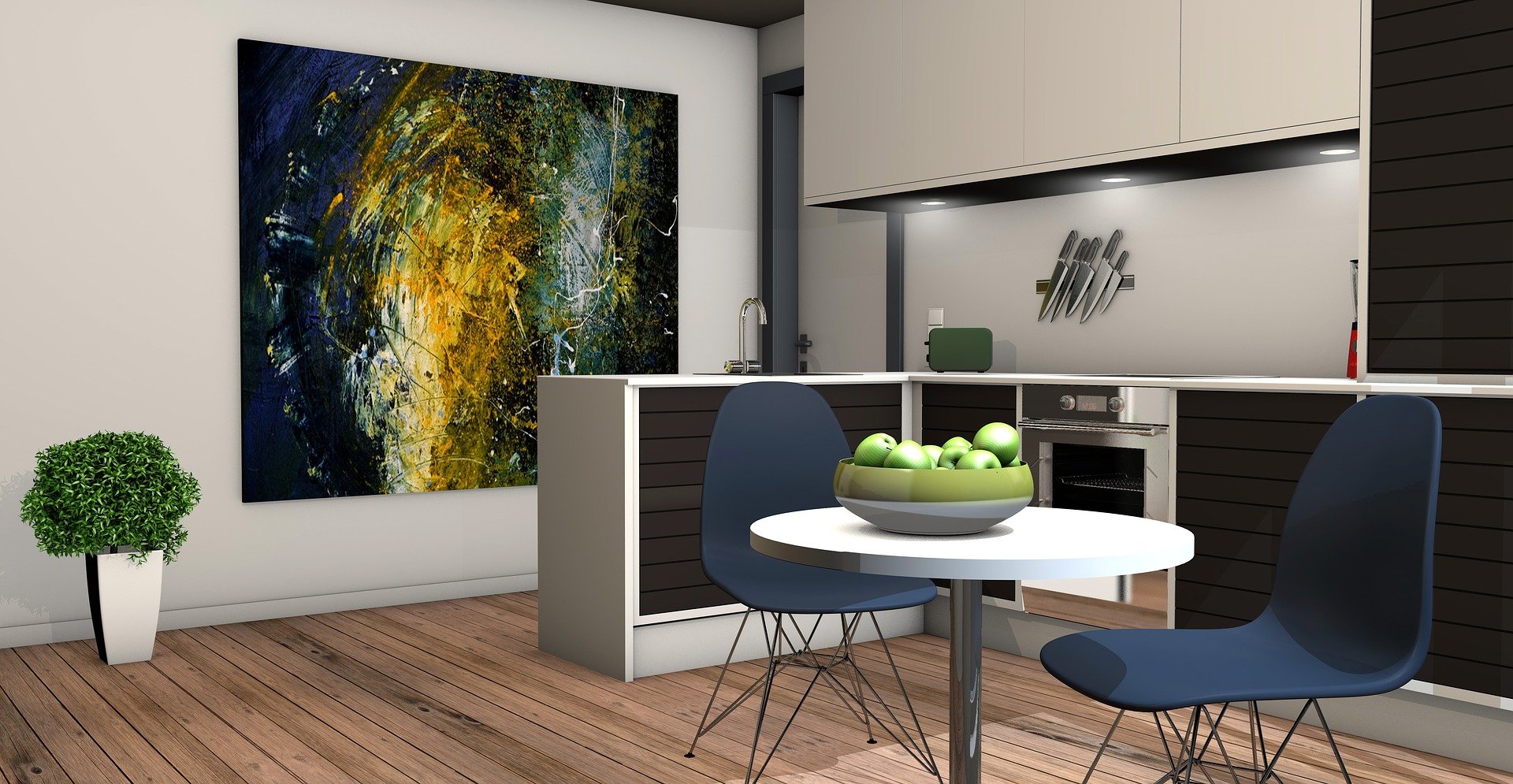Computer-generated imagery or CGI is a technology that has long been considered revolutionary in the creative field. After all, the proliferation of 3d computer graphic design led to deep changes in the way media like movies or art were being created. You no longer need an enormous budget to visualize something properly – with CGI, your limits lie solely in your imagination and skill. Naturally, this begs the question of whether this phenomenon is localized or not. If CGI changed the movie production so much, can interior CGI be just as game-changing to the design industry?
More often than not, the answer is yes. Interior CGI makes it possible for designers to do things on a regular basis that previously were restricted to only the most expensive of projects. This technology has the potential to become very beneficial to both planners and customers in a number of certain ways. Read on and discover just how groundbreaking the interior CGI might be in this field.
Interior CGI Can Be Much More Time and Cost-effective
Designing the interior of a building, no matter if it’s residential or commercial in its future intended use, is a long and painstakingly detailed process. Everything needs to be accounted for – from the exact shape of the rooms to the color gradient of the furniture used in this presentation. Simply put, there is no room for speculation here.
The reason is that with traditional interior design, the arrangement specified by the customer needs to be either assembled and then photographed or even drawn by hand if the first method is impossible to use. Both of these approaches mean that any mistakes might require costly retakes, not to mention the costs associated with the client’s desire to change their vision entirely.
With interior CGI, the matter is much simpler. All mistakes concerning the professional interior renderings can be easily corrected using various graphic editor programs such as 3ds Max or AutoCAD. And what if the customer prefers an entirely different arrangement to the one you presented them? Not an issue, as all it takes is to replace the models digitally, and the proposal is ready once again. Interior CGI can even be made almost free if you decide to change your paid software to the costless options such as Blender.
Interior CGI Makes It Easy To Connect With the Client
When the client is looking for interior design choices, the designers might have a hard time trying to convey their vision in the early stages of the planning process. Both sides often need to rely on words, and these have a tendency to be imprecise and prone to being misunderstood.
With the interior CGI approach, designers are easily capable of creating some universal models that can be quickly adapted to show the customer a generalized, first-time view of what the planner is proposing. Such a solution not only makes the communication between both sides easier but also increases the trust clients have in the interior design bureau and their capabilities.
Interior CGI Allows For Proper Design Cooperation
If the design bureau has to collaborate with other businesses on bigger projects, traditional interior planning solutions start to show their lack of accessibility. After all, you can theoretically design a paper model of your interior project and try to send it via mail, but chances are such a layout would get severely damaged during transportation. And obviously, delivering it on your own is more often than not out of the question.
Thanks to interior CGI, designers can simply send their own file and expect the other side to use the same graphic rendering software to open it and see the project in its full splendor. Moreover, thanks to the internet and the proliferation of cloud computing, some projects can be edited online, making any changes requested by your outsider colleagues easily implemented even on the go.
Interior CGI Offers You Absolute Flexibility in Theoretical Aspects
Without a doubt, one of the true strengths of interior design using computer generation lies in its ability to explore non-standard requests. Simply put, some clients may have more eccentric wishes when it comes to their designs. To illustrate the point, your client may look at the draft of his new living room and demand to see how it looks when lit only by the fireplace. With CGI, a previously challenging task like this can be easily done in a short amount of time.
What’s more, true hypothetical questions become easy to answer in-depth. If a customer requested an interior design for their own RV project and wants to see the interior under different light conditions typical for various climates or weather types, simulating that accurately is well within the capabilities of CGI modeling software.
Conclusion
The benefits of using interior CGI in the design industry are numerous. This technology is still quite new and underused, but even now, it allows both sides to save time, money, and effort while also creating a better quality product. Interior CGI allows designers to create truly unique projects and explore highly hypothetical aspects in their planning process. And all of that without sacrificing any of the convenience so characteristic for digital solutions. The potential here is essentially limitless.
